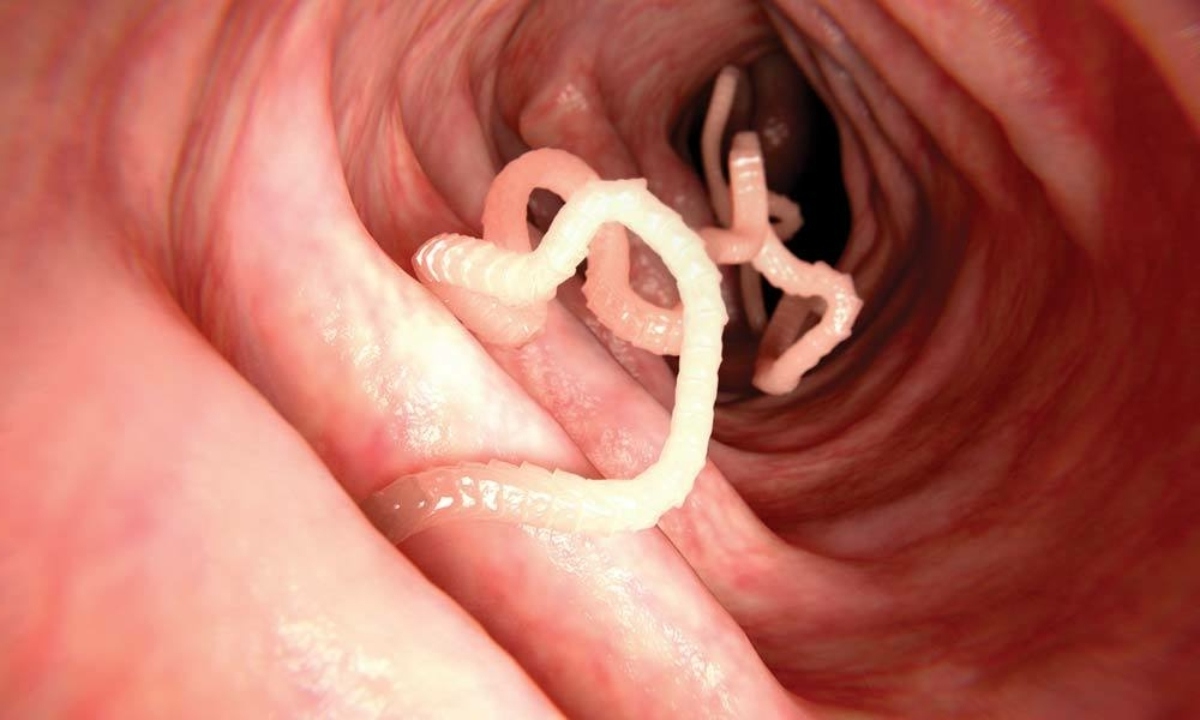
What are tapeworms? These flat, ribbon-like parasites live in the intestines of animals, including humans. How do they enter the body? Usually through consuming undercooked meat or contaminated food and water. Why should you care? Tapeworms can cause serious health issues, from digestive problems to nutrient deficiencies. How long can they get? Some species can grow up to 30 feet long! Are they common? Yes, especially in areas with poor sanitation. Can they be treated? Absolutely, with proper medication and hygiene practices. Want to know more? Keep reading for 37 surprising facts about these intriguing yet creepy creatures.
What Are Tapeworms?
Tapeworms are flat, segmented worms that live in the intestines of some animals. They can infect humans too, causing various health issues. Let's dive into some fascinating facts about these parasites.
- Tapeworms belong to the class Cestoda within the phylum Platyhelminthes.
- These parasites can grow up to 80 feet long inside a host's intestines.
- Tapeworms have no digestive system; they absorb nutrients directly through their skin.
- They attach to the intestinal wall using hooks and suckers on their head, called a scolex.
- Tapeworms are hermaphrodites, meaning each one has both male and female reproductive organs.
How Do Tapeworms Infect Hosts?
Understanding how tapeworms infect their hosts can help in preventing these infections. Here are some key facts about their lifecycle and transmission.
- Tapeworm eggs are often ingested through contaminated food or water.
- Once inside the host, the eggs hatch into larvae, which then develop into adult tapeworms.
- Consuming undercooked or raw meat is a common way humans get infected.
- Tapeworm larvae can form cysts in the muscles of animals, which then get eaten by humans.
- Some species of tapeworms can infect humans through contact with infected animal feces.
Symptoms and Health Effects
Tapeworm infections can cause a range of symptoms and health issues. Knowing these can help in early diagnosis and treatment.
- Many people with tapeworm infections experience no symptoms at all.
- Common symptoms include nausea, weakness, and abdominal pain.
- Tapeworms can cause weight loss due to nutrient absorption by the parasite.
- In severe cases, tapeworms can cause intestinal blockages.
- Some tapeworm larvae can migrate to other parts of the body, causing cysticercosis, a serious condition.
Diagnosing Tapeworm Infections
Early diagnosis is crucial for effective treatment. Here are some methods used to identify tapeworm infections.
- Stool samples are often examined for tapeworm eggs or segments.
- Blood tests can detect antibodies produced in response to the infection.
- Imaging tests like X-rays, CT scans, or MRIs can identify cysts caused by larvae.
- In some cases, a colonoscopy may be performed to locate the tapeworm.
- Tapeworm segments, called proglottids, may be visible in the stool.
Treatment and Prevention
Treating and preventing tapeworm infections involves medication and good hygiene practices. Here are some important facts.
- Antiparasitic medications like praziquantel are commonly used to treat tapeworm infections.
- Good hygiene, including regular handwashing, can prevent the spread of tapeworm eggs.
- Cooking meat to safe temperatures kills tapeworm larvae.
- Freezing meat at -4°F (-20°C) for at least 24 hours can also kill larvae.
- Regular deworming of pets can reduce the risk of transmission to humans.
Interesting Facts About Tapeworms
Tapeworms have some unique characteristics that make them fascinating creatures. Here are a few more intriguing facts.
- Tapeworms can live for up to 30 years inside a host.
- Some species can produce millions of eggs each day.
- Tapeworms have been found in ancient Egyptian mummies, indicating their long history with humans.
- The longest tapeworm ever recorded in a human was 82 feet long.
- Tapeworms can regenerate lost segments, making them difficult to eliminate completely.
Tapeworms in Popular Culture
Tapeworms have also made their way into popular culture, often as symbols of parasitism and horror.
- Tapeworms are often featured in horror movies and literature as terrifying parasites.
- Some people have used tapeworms as a weight loss method, though this is extremely dangerous.
- Tapeworms have been studied extensively in scientific research due to their unique biology.
- The term "tapeworm diet" refers to a dangerous and illegal practice of intentionally ingesting tapeworms for weight loss.
- Tapeworms have been used in educational settings to teach about parasitism and the human digestive system.
Fun Facts About Tapeworms
Despite their creepy nature, tapeworms have some fun and quirky facts worth knowing.
- Tapeworms have no eyes, ears, or brain, yet they thrive in their environment.
- Some tapeworms can infect multiple species, including humans, dogs, and livestock.
The Final Word on Tapeworms
Tapeworms, those sneaky parasites, have fascinated and terrified humans for centuries. They can grow up to 80 feet long, live for decades inside a host, and even manipulate their host’s behavior. Found in undercooked meat, contaminated water, and sometimes even on unwashed vegetables, these critters are more common than you might think.
Prevention is key. Cooking meat thoroughly, practicing good hygiene, and regular vet check-ups for pets can keep these parasites at bay. If you suspect an infection, consult a healthcare provider immediately. Modern medicine offers effective treatments, but early detection is crucial.
Understanding tapeworms helps demystify their life cycle and impact on health. Knowledge is power, and now you’re armed with facts to protect yourself and your loved ones. Stay informed, stay safe, and keep those tapeworms out of your life!
Was this page helpful?
Our commitment to delivering trustworthy and engaging content is at the heart of what we do. Each fact on our site is contributed by real users like you, bringing a wealth of diverse insights and information. To ensure the highest standards of accuracy and reliability, our dedicated editors meticulously review each submission. This process guarantees that the facts we share are not only fascinating but also credible. Trust in our commitment to quality and authenticity as you explore and learn with us.
